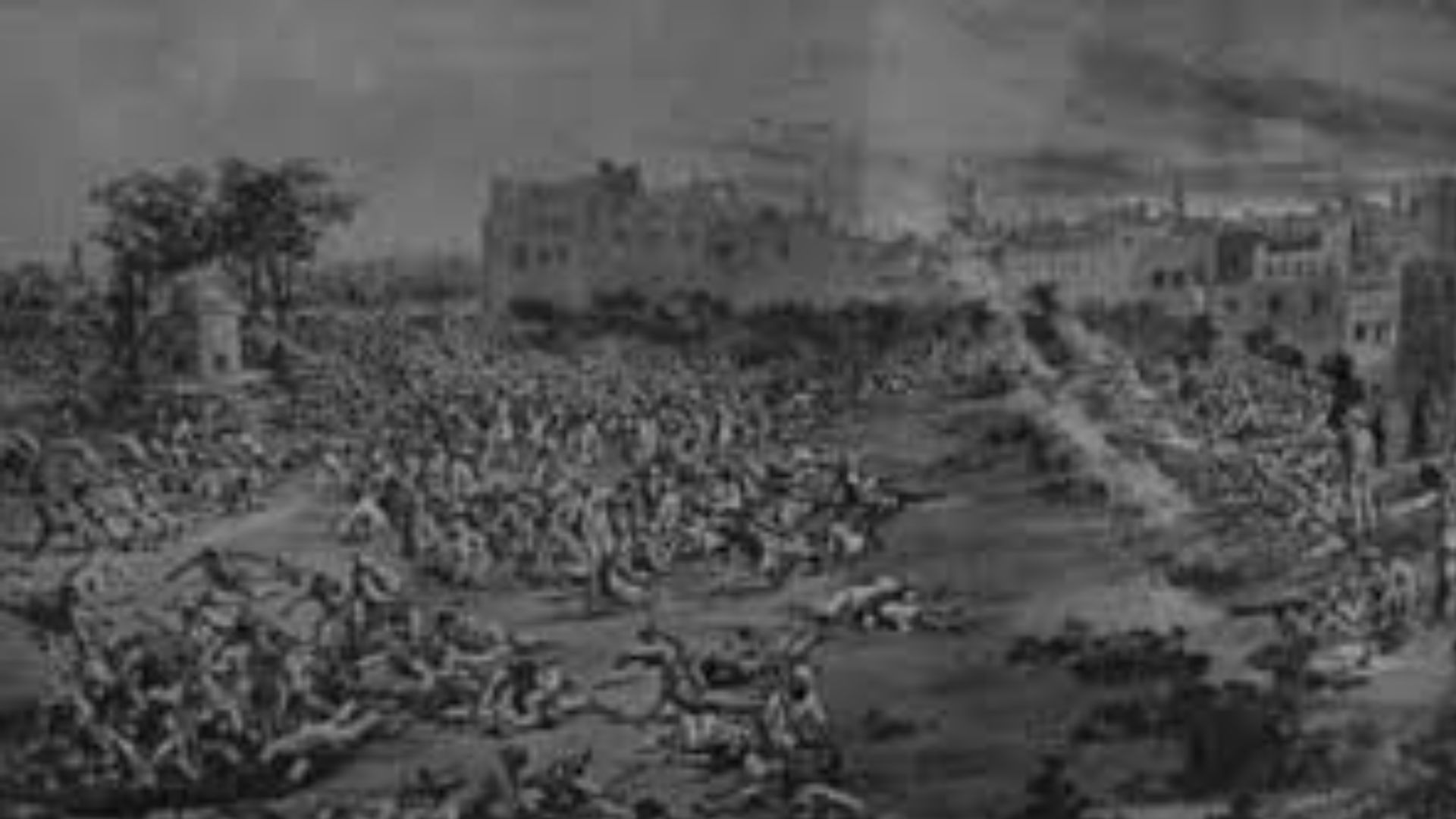
Every year, on April 13th, the painful memory of British brutality resurfaces, marking 105 years since the infamous Jallianwala Bagh massacre. The wounds inflicted on that fateful day still sting. This tragic event stands as one of the darkest chapters in India’s struggle for independence.
The Jallianwala Bagh massacre was triggered by the oppressive Rowlatt Act, deemed the ‘black law’ imposed by the British against Indians. The sequence of events unfolded as follows:
Mahatma Gandhi initiated a non-violent ‘Civil Disobedience Movement’ on April 6, 1919. Subsequently, the arrest of two prominent leaders, Satyapal and Saifuddin Kitchlu, on April 9, 1919, sparked unrest in Punjab, igniting large-scale protests nationwide.
In response to the growing dissent, the British authorities imposed martial law, appointing Brigadier General Dyer to maintain order in Punjab. He was dispatched from Jalandhar to Amritsar to quell the unrest.
The Rowlatt Act, passed based on recommendations from a committee chaired by Sir Sydney Rowlatt during the First World War, bestowed special powers upon the British government to suppress political activities in India. This included the authority to detain individuals for up to two years without trial.
On April 13, coinciding with the festival of Baisakhi, a sizable crowd had gathered in Amritsar, including visitors to Jallianwala Bagh and attendees of a political assembly. Despite the peaceful nature of the gathering, Brigadier General Dyer, accompanied by 90 British soldiers, arrived and sealed off the exits.
Dyer ordered his troops to open fire indiscriminately on the unarmed crowd, instructing them to shoot wherever they saw a concentration of people. The barrage of bullets lasted approximately 10 minutes, resulting in numerous fatalities. Desperate attempts to escape were met with tragic outcomes, as some sought refuge in a nearby well but were unable to evade the hail of bullets.
The casualty count from that horrific day remains disputed, with the British government acknowledging only 379 deaths, while estimates suggest over 1000 Indians perished. To this day, the bullet marks on the walls of Jallianwala Bagh serve as poignant reminders of the atrocity committed.
The massacre sparked global condemnation, serving as a pivotal moment in India’s fight for freedom. It triggered widespread outrage and galvanized massive protests, intensifying calls for an end to British colonial rule.
Although the incident was investigated by the Hunter Commission, which criticized Dyer’s actions, he was not directly held accountable. His sole punishment was removal from his post and forced retirement.